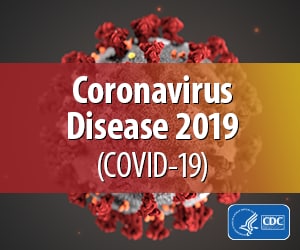Tribes and Indian Organizations¹
Federally Recognized Tribes
Under the Federally Recognized Indian Tribal List Act of 1994 (Pub. L. 103-454, 108 Stat. 4791-4792), the Secretary of the Interior publishes an official listing of Indian tribes in the Federal Register. As of December 2018, the most recent Notice published was 83 Federal Register, 34863-34868 (July 23, 2018).
The definition of Indian tribe according to the Act means “any Indian or Alaska Native tribe, band, nation, pueblo, village, or community that the Secretary of the Interior acknowledges to exist as an Indian tribe.”
The Bureau of Indian Affairs (BIA) maintains a Tribal Leaders Directory that lists contact information for federally recognized tribes.
Tribal Epidemiology Centers
Tribal Epidemiology Centers are a critical element of the CDC/Indian Health Service partnership as they improve the health and well-being of American Indian/Alaska Native (AI/AN) populations. Activities include: surveillance for disease conditions; epidemiological analysis; interpretation and dissemination of surveillance data; investigation of disease outbreaks; development and implementation of epidemiological studies, disease control, and prevention programs; and coordination of activities with other public health authorities in the region.
- The Tribal Epidemiology Center website maintains a map and directory for all Tribal Epidemiology Centers
- More information is available through the IHS Division of Epidemiology & Disease Prevention, National Office
Native American Research Centers for Health
The Native American Research Centers for Health (NARCH) initiative supports partnerships between AI/AN tribes or tribally based organizations and institutions that conduct intensive academic-level biomedical, behavioral, and health services research. NARCH provides opportunities for conducting research, research training, and faculty development to meet the needs of AI/AN communities. As a developmental process, tribes and tribal organizations are able to build a research infrastructure, including a core component for capacity building and the possibility of reducing the many health disparities prevalent in AI/AN communities.
1 “Indian Organizations: 1) Those federally recognized tribally constituted entities that have been designated by their governing body. 2) Any regional or national organizations whose board is comprised of federally recognized Indian Tribes and elected/appointed Tribal leaders. 3) Native-serving organizations, including urban Indian organizations and rural Indian organizations.” [CDC/ATSDR Tribal Consultation Policy (revised 2012), pg. 8].
